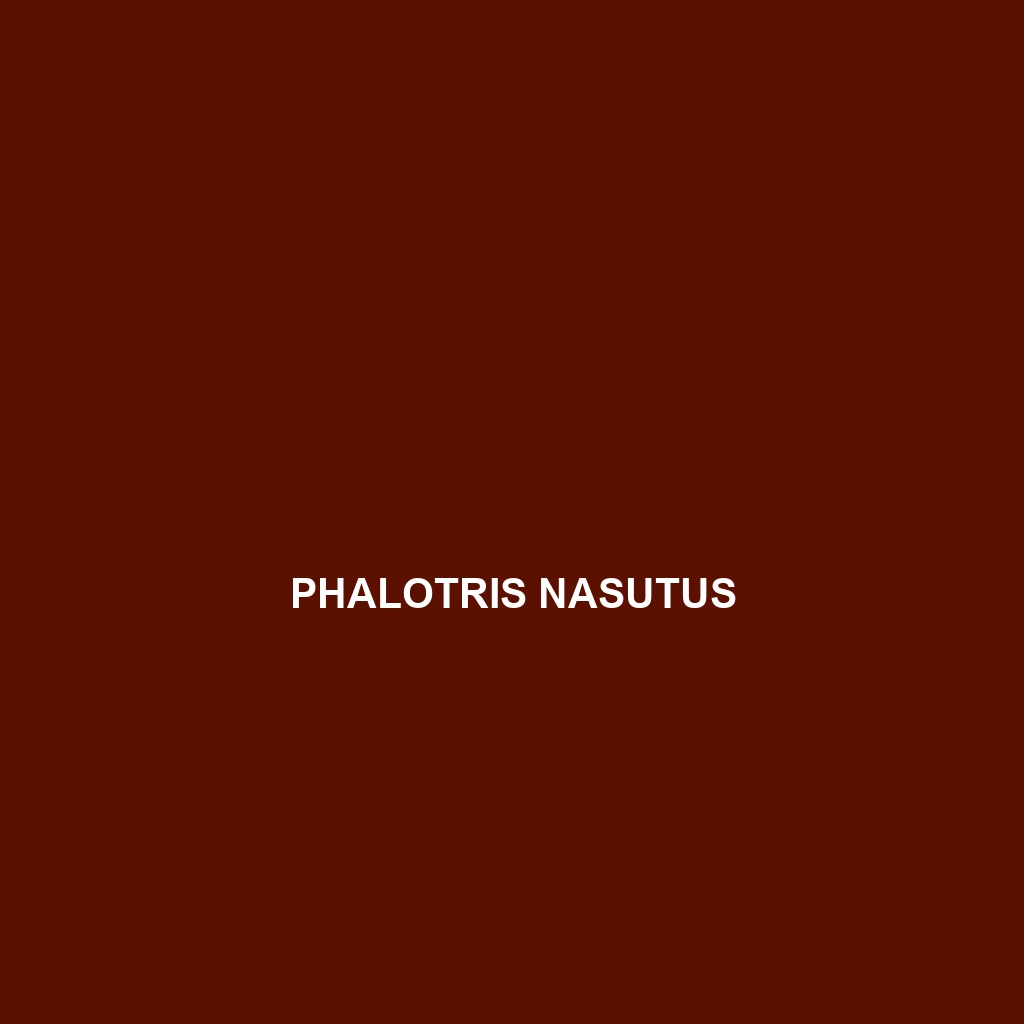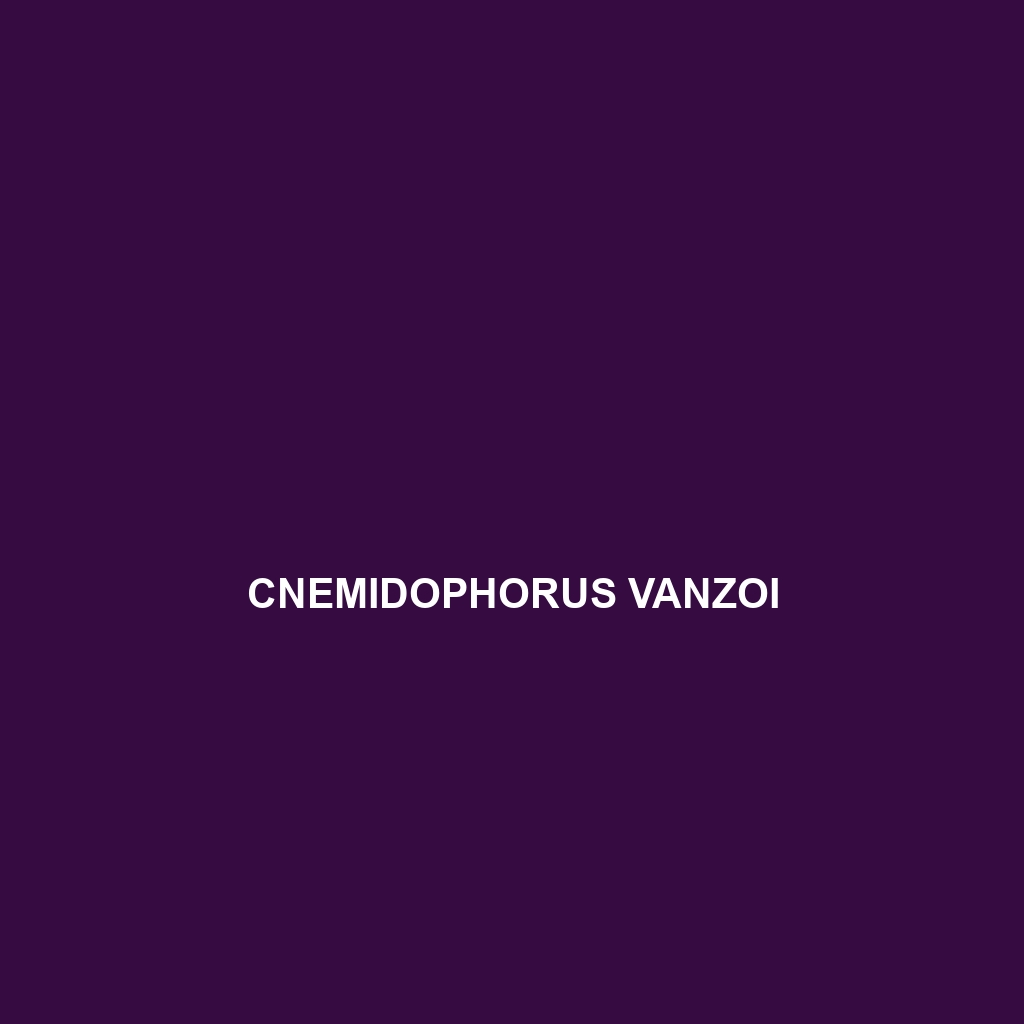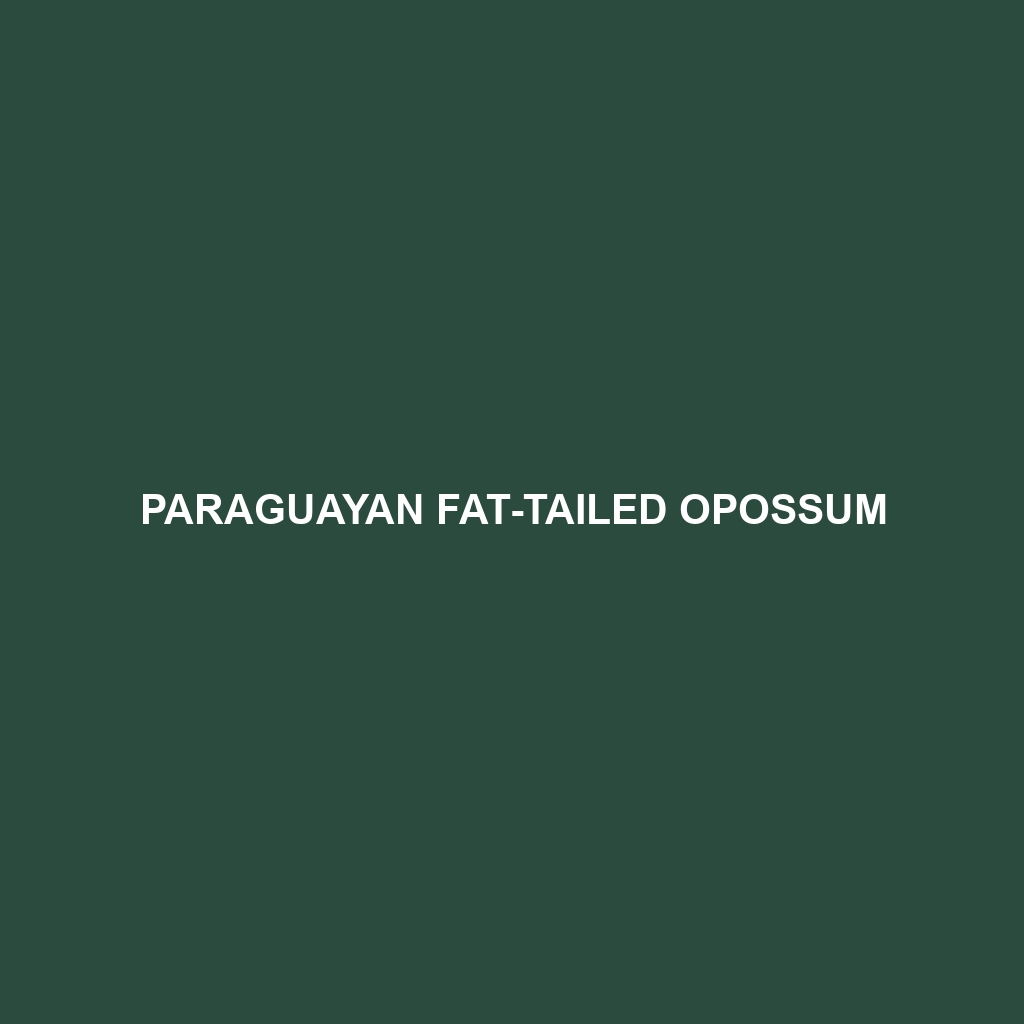Philodryas aestiva, commonly known as the green racer or green whip snake, is a slender, vibrant green snake native to South America's tropical rainforests and savannas. This non-venomous species is known for its agility, impressive climbing skills, and crucial role in controlling small mammal and insect populations.
Tag: Paraguayan wildlife
Phalotris nasutus
Discover the <b>Phalotris nasutus</b>, or striped worm snake, a small, burrowing snake native to the humid rainforests of South America, primarily found in Brazil, Paraguay, and Argentina. With its smooth scales, nocturnal behavior, and diet primarily consisting of earthworms and insects, this secretive species plays a crucial role in maintaining ecosystem balance.
Cnemidophorus vanzoi
Description of Cnemidophorus vanzoi Common Name: Cnemidophorus vanzoi Scientific Name: Cnemidophorus vanzoi Habitat Cnemidophorus vanzoi, commonly known as the Vanzoi Whiptail Lizard, is primarily found in the subtropical forests and shrublands of northern South America, particularly in regions of Brazil and Paraguay. This lizard thrives in warm, humid environments, often inhabiting areas with rich vegetation […]
Apostolepis flavotorquata
<p>The <b>Apostolepis flavotorquata</b>, commonly known for its vibrant yellow collar and striking appearance, thrives in the subtropical regions of Brazil and Paraguay. This diurnal snake plays a vital role in its ecosystem by controlling amphibian and small reptile populations, while exhibiting unique behaviors and a diverse diet.</p>
Apostolepis dimidiata
Apostolepis dimidiata, commonly found in tropical and subtropical regions of South America, is a slender snake measuring 60 to 100 cm, known for its distinctive brown to grey coloration and nocturnal behavior. This ovoviviparous predator primarily feeds on small reptiles and amphibians, playing a vital role in maintaining ecological balance.
Paraguayan Fat-tailed Opossum
Discover the Paraguayan Fat-tailed Opossum (Thylamys macrurus), a remarkable marsupial native to South America, recognized for its unique fat-storing tail and crucial role in ecosystems. These nocturnal creatures, adept at seed dispersal and pest control, thrive in various habitats from tropical forests to savannas. Learn about their fascinating adaptations, behaviors, and the importance of habitat preservation for their survival.





